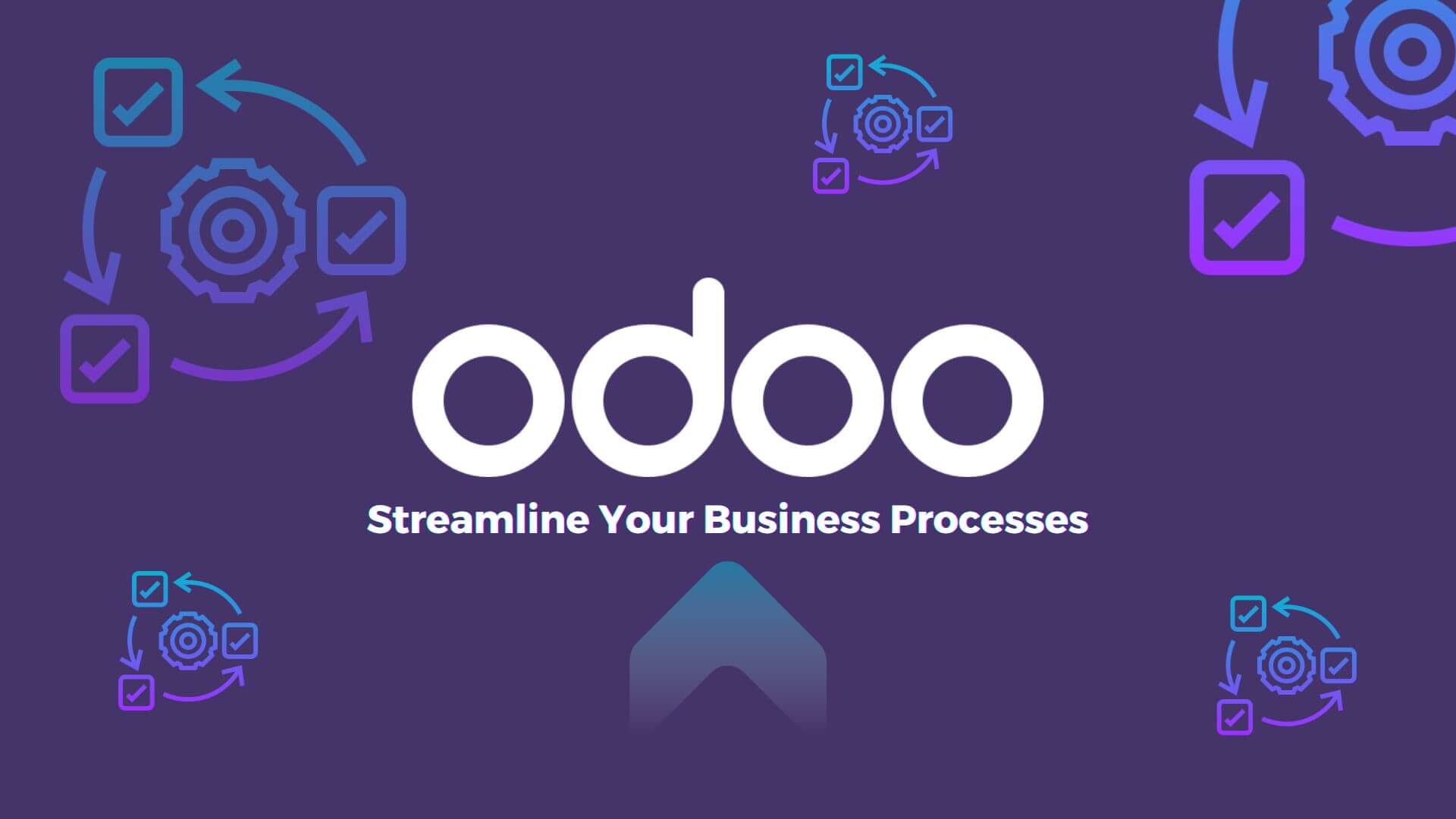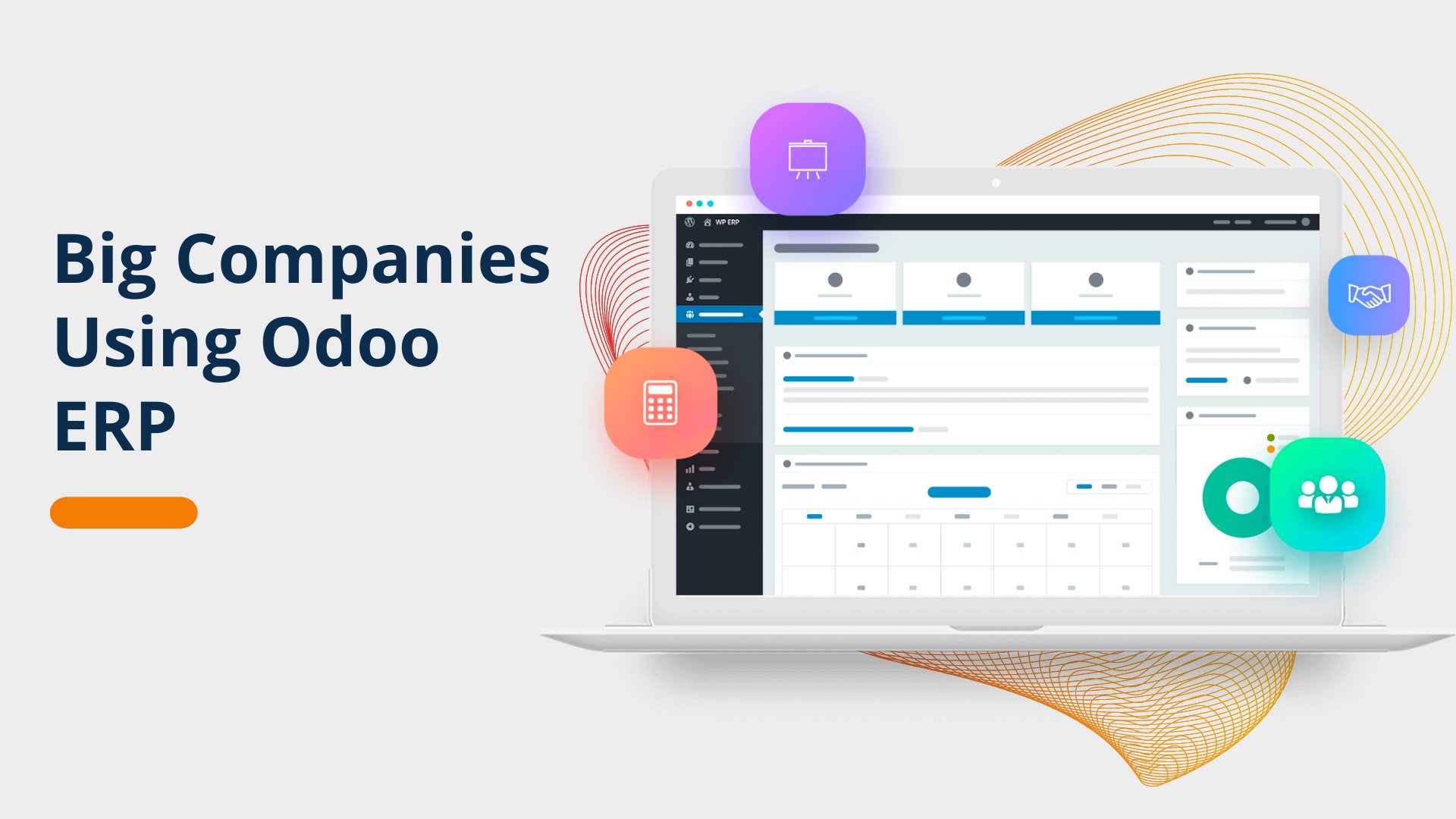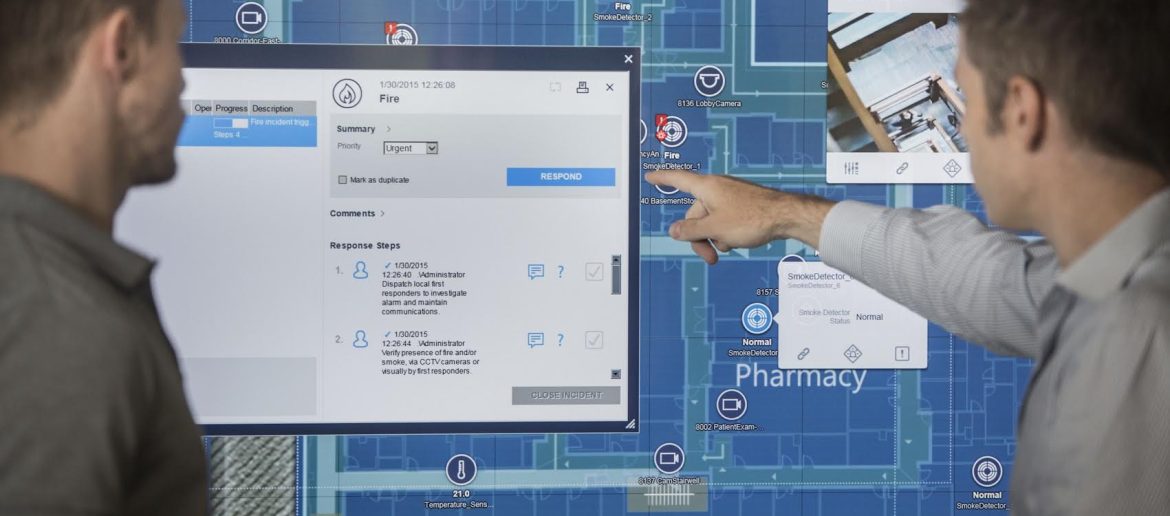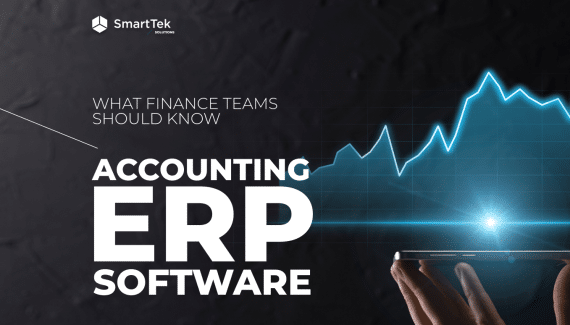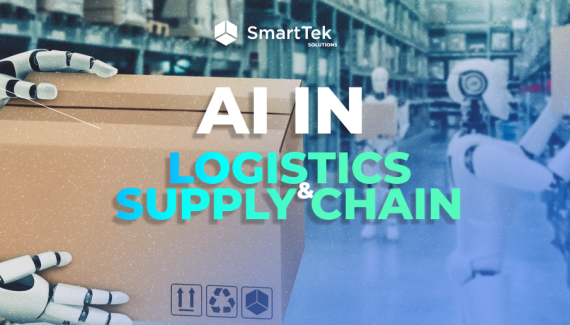Facility managers who aren’t using IoT technology today are really missing out. The Internet of Things opens up new possibilities for your business. Conserve resources and keep money in your company.
Reduce your environmental footprint, too. Smart thermostats, automated lighting systems, occupancy sensors, predictive maintenance tools, RFID trackers, and other devices can help.
Let’s dive in and talk in detail about common IoT use cases in facility management.
Energy Saving and Cost Reduction
Of course we want to start the discussion with a financial question. A penny saved is a penny earned, isn’t it? With IoT, facility managers earn more by saving on energy costs.
How does that work? Smart devices allow you to monitor energy usage in real time. This makes it easy to pinpoint inefficiencies and take corrective action in a timely manner.
What IoT sensors are capable of?
- Energy consumption tracking across various systems.
- Lighting, heating, and cooling adjustments based on occupancy and usage patterns.
- Predictive maintenance if equipment is likely to fail or become less efficient.
- Shutting down non-essential systems during off-peak hours.
Take, for example, a corporate office building. The facility manager noticed unusually high energy consumption during non-business hours. IoT technology helps identify non-essential systems that were running overnight. With that data in hand, the manager can adjust the schedules of these systems, significantly reducing energy costs.
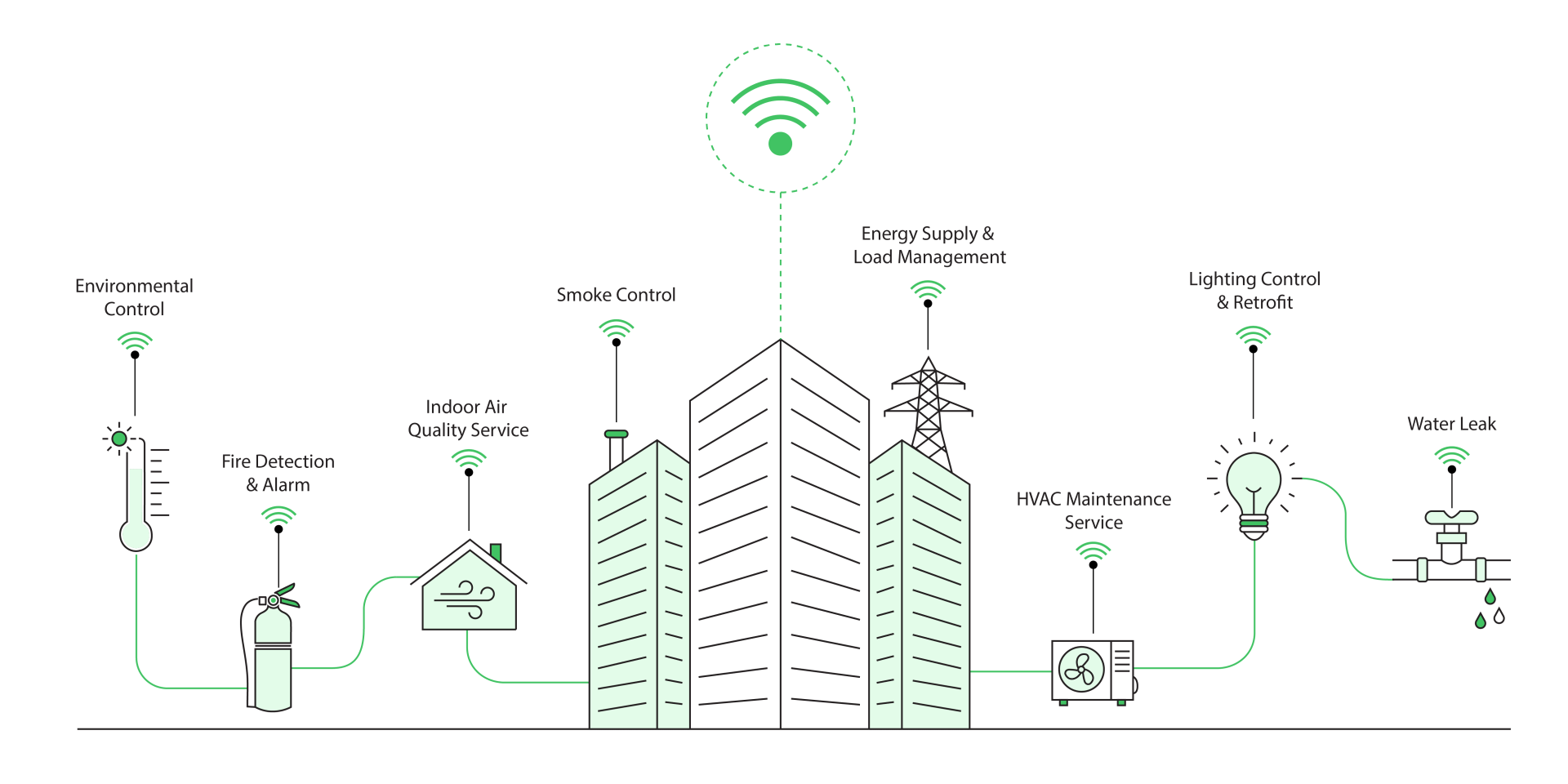
Predictive Maintenance and Reducing Downtime
Downtime is the enemy of efficiency in every business. Facility management is no exception. Unplanned equipment failures often result in costly disruptions. Not to mention the ripple effect on productivity and occupant satisfaction. Predictive maintenance solutions provided by the IoT help facility managers stay ahead of potential problems.
Smart sensors detect subtle changes in equipment performance. For example, temperature fluctuations or unusual vibrations can be detected immediately. With data-driven insights, maintenance can be performed based on actual equipment conditions.
This timely response extends equipment life and reduces the risk of unexpected breakdowns many times over.
Book a Free Tech Consultation
SmartTek will facilitate the implementation of IoT devices into your operations and deliver a software solution tailored to your needs.
Schedule a callSecurity Management Improvement
Let’s move on. Let’s talk about how the Internet of Things can improve security management. Imagine that you manage a large office complex. You know that some unauthorized people may try to enter a restricted area.
How do you protect the building and the property? A stroke of genius is to implement an IoT-based security system. Install smart cameras with motion detectors and facial recognition software. That way, you can prevent a potential security breach. The facility stays protected.
We have a few more examples of how IoT enhances security management.
- Cameras and sensors continuously monitor the facility. Security specialists have real-time footage and alerts for any suspicious activity.
- A responsible person can manage smart locks and access control systems remotely. Be sure that only authorized personnel can enter restricted areas.
- IoT sensors detect unusual activity like unauthorized entry or tampering and trigger immediate alerts to security personnel.
- Devices collect and analyze security data. It is beneficial for identifying patterns and potential threats before they escalate.
Be always on the safe side with the Internet of Things technology. By the way, statistics confirm its efficiency. According to a survey by Statista, 47% of companies reported improved security as one of the top benefits of implementing IoT in their operations.
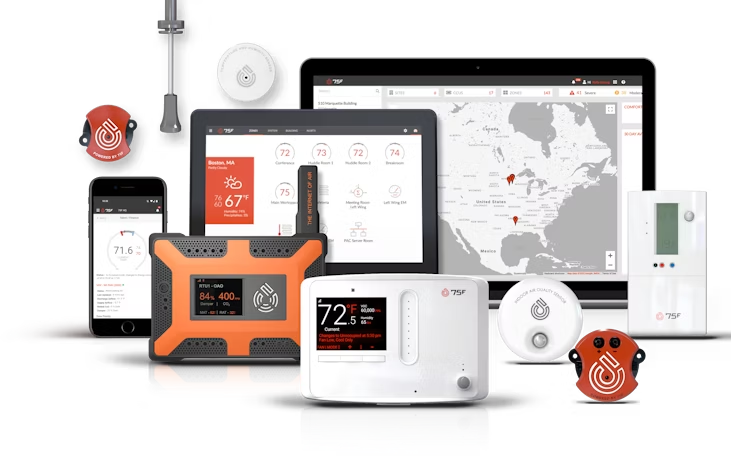
Environmental Monitoring
You are committed to creating a comfortable and safe environment for those who live or work in the building, don’t you? However, this task is associated with certain difficulties that the Internet of Things will help to solve.
You can’t manage what you don’t measure. But you can get measurements and make changes if needed.
Just look at the possibilities that the use of smart sensors opens up for you:
- Air quality monitoring;
- Temperature regulation;
- Humidity control;
- Water quality assessment;
- Energy consumption tracking;
- Noise level monitoring;
- Light level adjustment;
- Leak detection.
IoT sensors track indoor air quality. They can detect pollutants, allergens, and CO2 levels. Monitor and adjust humidity to prevent mold growth and maintain air quality. Also, with smart devices, it is easy to monitor quality water and energy usage across various systems, track noise pollution in real-time, prevent damage, and conserve resources.
Occupancy Tracking
As a facility manager, you should understand how space is being used. This is necessary to optimize operations and improve energy efficiency. Again, IoT devices can help. Dedicated sensors monitor space usage and occupancy.
This allows you to identify underutilized spaces and repurpose or relocate them. With the data provided by occupancy-tracking sensors, managers can more easily optimize room reservations and schedules, monitor building capacity, maintain optimal conditions for comfort and productivity, and so on.
Want to build an IoT solution for your industry?
With rich expertise and solid skills in building IoT applications, we will be able to offer you the best solution tailored to your needs.
Contact usRemote Monitoring and Data Collecting
Last but not least, the use case on our list concerns remote monitoring and data collection. IoT systems provide a comprehensive view of a facility’s operations. You have all the required data in your hands, with no need for on-site staff.
Any anomalies are detected immediately. Issues can be predicted and addressed in a timely. This allows you to make informed decisions quickly, lower labor costs, minimize the risk of costly emergencies, and much more.
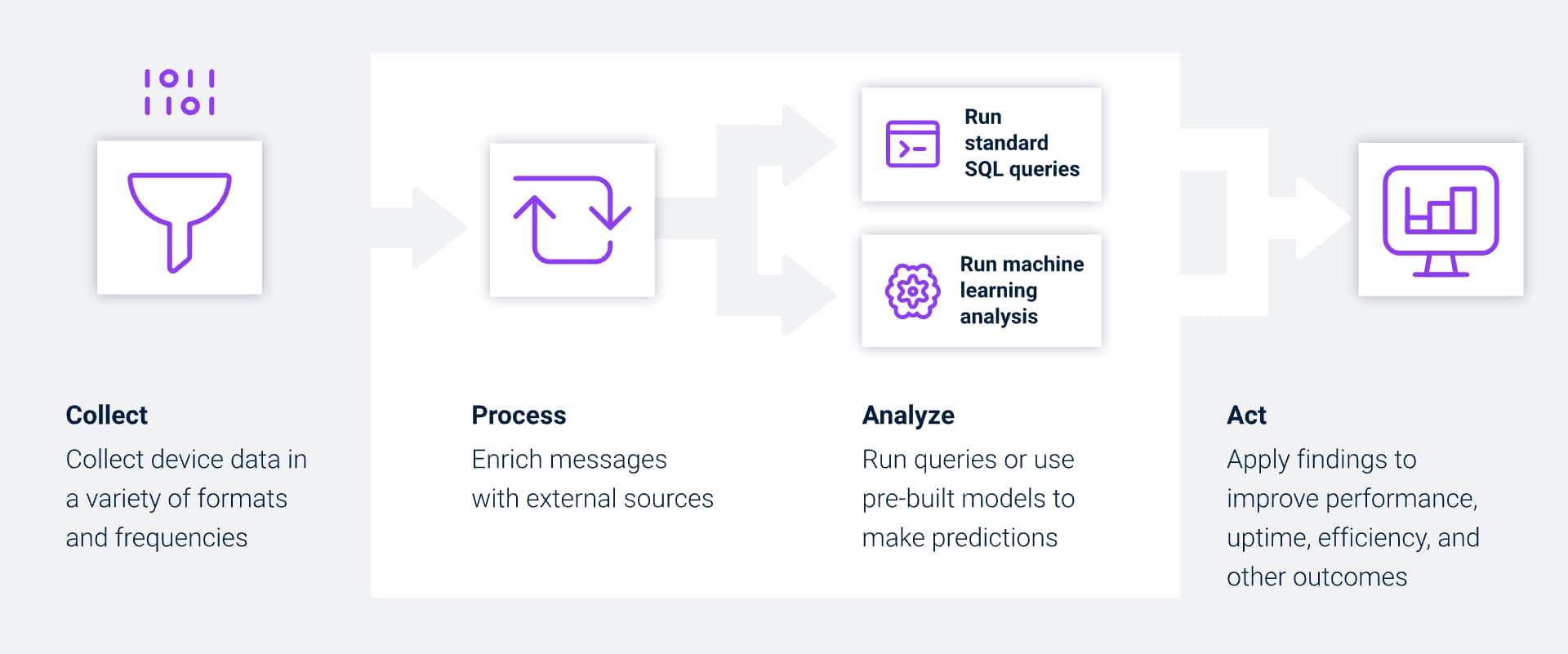
How the Internet of Things Benefits Facility Managers and Enterprises
Integrate the Internet of Things into facility management to transform how buildings are operated and maintained. Get tools and insights that drive efficiency, reduce costs, and improve overall performance.
From real-time monitoring to predictive maintenance, the benefits of IoT extend across every aspect. Let’s look at the advantages the technology can bring to your business.
- Real-time data access for quick decision-making and responsive management.
- Enhanced efficiency for decreasing energy consumption and lower utility bills.
- Predictive maintenance for reducing downtime and extending the life of assets.
- IoT-enabled security systems for continuous monitoring and instant alerts.
- Remote monitoring and management for improving flexibility.
- Optimizing operations and reducing waste for cost savings.
- Tracking and reporting on compliance with regulatory standards.
- Adjusting environmental controls based on real-time data
With innovative Internet of Things technology, your business saves resources, time, and money. It is high time to implement it today. Make your work easier, more efficient, and more profitable. Rest assured, the investment will pay off in the near future.
Ready to bring your IoT vision to life? We help companies realize the full potential of the Internet of Things and offer IoT development services for various industries and verticals. Contact us to schedule a free consultation!
